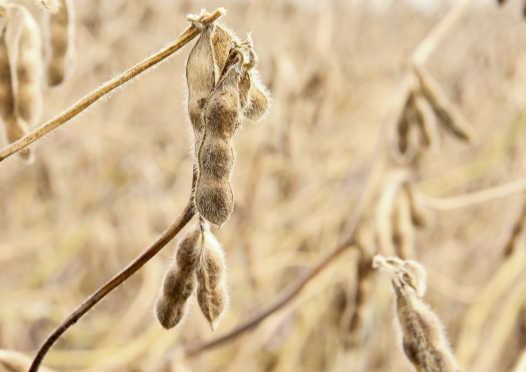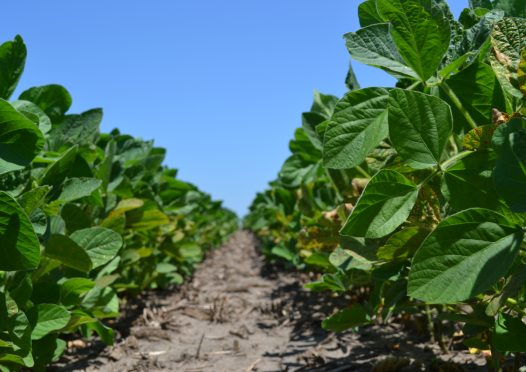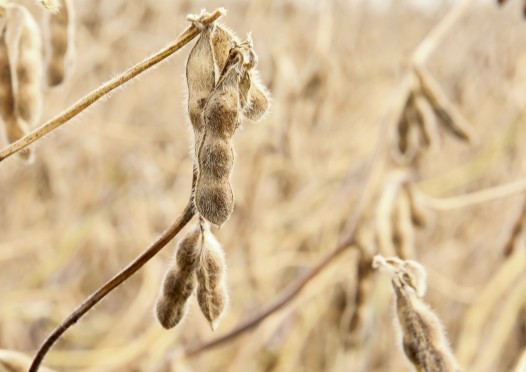ILSOYADVISOR POST
Agronomy: Fall Fertility Considerations
Farmers often plan their fertility programs in the summer or fall, long before the next crop is ever planted and often following long-established protocol for determining the right rate. When it comes to phosphorus (P) and potassium (K) applications, growers are creatures of habit and usually follow the same approach year after year.
Farmers and their agronomists use a variety of methods to make nutrient recommendations based on yield and soil test information and their general philosophy towards fertility. However, fertilizer cost and crop price also need to factor into the final decision, particularly now because commodity prices are low. Today growers also need to include a strategy to keep the nutrients for the crop and reduce nutrient loading into surface waters.
Yields Are Increasing: There is no doubt yields are increasing faster than ever before. The yield advances we have seen in corn and soybeans the past 15 years have been extraordinary. That means more bushels are being harvested and more nutrients are being removed while at the same time growers’ approach to fertility has remained stationary and phosphorus (P) and potassium (K) soil test levels are dropping. While growers have been enjoying greater yields, they have been neglecting, to some degree, what these higher yields are doing to their soil test levels.
Too Much Drawdown: Increasing yields in both corn and soybeans are drawing nutrient levels down faster than farmers are replenishing them. Research conducted by the IPNI (International Plant Nutrition Institute, Atlanta, Ga.) found that soil test levels for both P and K are dropping at an alarming rate.
Terry Roberts, president of IPNI, said that the Corn Belt had naturally high soil test levels of nutrients in 2009, so farmers could afford to draw down nutrient levels. But he pointed out growers are taking off higher yields today than ever before and removing more nutrients while using the same fertilizer strategies of a decade ago.
Stress Management: Growers want both top and optimal yields and will usually do what it takes to obtain them. Besides selecting the right genetics and optimizing plant population and field conditions, the next most important step growers can take is to eliminate stress because it can cause yield drag.
Stress management often begins with nutrient management and the first tactic in eliminating stress is for nutrients to be in the medium to high soil test category. If you regularly test soil you will know how many ppm or lbs. of P and K are available and what category they fall in. While the crop normally doesn’t require as many pounds of P and K as would be available in the high category, in marginal or stressful years where root growth is limited nutrient uptake isn’t predictable; the more abundant the nutrients are, the greater the uptake to compensate for reduced root volume.
Today’s varieties, particularly in corn, have better rooting structures that improve nutrient uptake and stress tolerance, something seed companies are evaluating. If roots stay active longer the soil test isn’t as important as precision placement of the right amount of nutrients in or near the row, keeping them available to the plant through the season. Keeping root systems active will change the playing field for fertility.
Look for Changes: With higher yields, greater expectations for nutrient efficiency and new strategies to reduce nutrient loss, we should begin seeing new nutrient recommendations and management strategies in the future.
Agronomist Dr. Daniel Davidson posts blogs on agronomy-related topics. Feel free to contact him at djdavidson@agwrite.com.





Comments
Add new comment